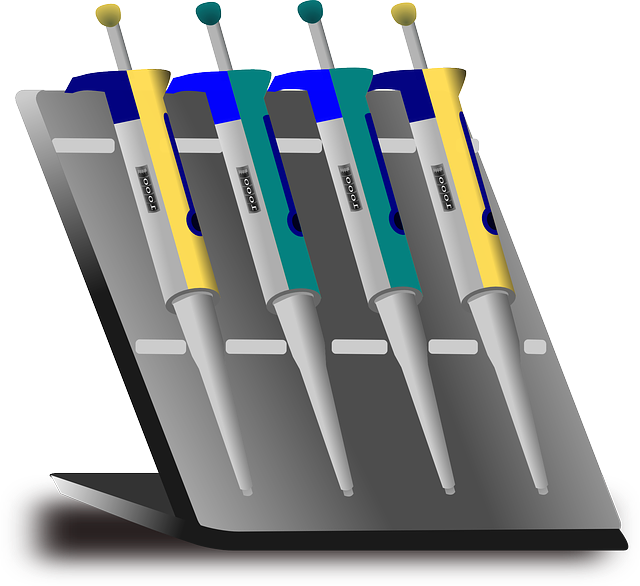
As your lab’s demand for accuracy and precision continues to grow, so does the importance of understanding and developing an accurate pipetting technique.
As your lab’s demand for accuracy and precision continues to grow, so does the importance of understanding and developing an accurate pipetting technique. Walk through these helpful steps that will help bring your pipetting technique to the very next level, and see how many you might have already mastered and integrated as a part of your everyday routine for pipetting. Read on to learn more!
Pre-Wet Your Pipette Tip
Aspirate and expel any sample liquids at least three different times before aspirating a sample for delivery. Evaporation within your pipette tip can cause profound sample loss before delivery. Pre-wetting increases humidify within the tip helps reduce any variation in sample evaporation. Using the same tip to deliver a sample without pre-wetting could result in lower volume within the first few samples. Wetness is needed when working with volatile samples too.
Immerse the Tip to the Right Depth During Aspiration
Before aspirating, immerse your tip below the meniscus. Larger volume pipettes should be immersed to 5 to 6 mm, while smaller volume pipettes should be absorbed to about two to three mm. Too little immersion, particularly with bigger volume pipettes, can lead to air aspiration too. With too much immersion, it can cause samples to cling to the outside of the pipette tip. Touching the container bottom with the tip might restrict aspiration.
Try to Pause Consistently After Aspiration
Leave the tip still inside your liquid for around one second after aspirating your sample. It takes a few moments for the liquid in the tip to finish moving after your plunger tops, so failure to do this will cause the volume to be a bit too low. Make these pauses as consistent as you can.
Use Consistent Plunger Speed and Pressure
Press down and release your plunger smoothly and consistently. Try to apply that same pressure and speed while you aspirate and dispense each sample. Repeatable actions like this produce repeatable results in your laboratory.
Pull Your Pipette Straight Out
During any sample aspiration, always hold your pipette vertically and avoid touching the sides of your container. After sample aspiration, pull out your pipette from the liquid center of the container. This technique is especially essential when pipetting smaller volumes. Holding the pipette at an angle as its removed from your sample alters the volume aspirated. Touching the sides of your container could cause wicking and a loss of volume due to the overall surface tension.
FOR ALL LAB EQUIPMENT AND LAB NEEDS, CONTACT LAB PEOPLE TODAY
The Lab People Inc. is a trusted provider of laboratory equipment, services, supplies, and rental equipment for you and your laboratory. As an ISO 17025 accredited service organization, we stand behind our services with 100% satisfaction guaranteed for all of our customers. We are here to provide you with the best lab equipment service, equipment, and supplies.
For more information about how we can assist you, visit our website, email us, or give us a call at 1-800-296-2001!
Do not forget to follow us on Facebook, Twitter, and Linkedin!
